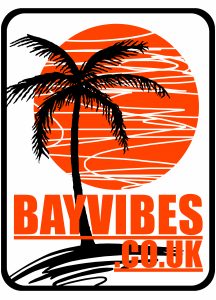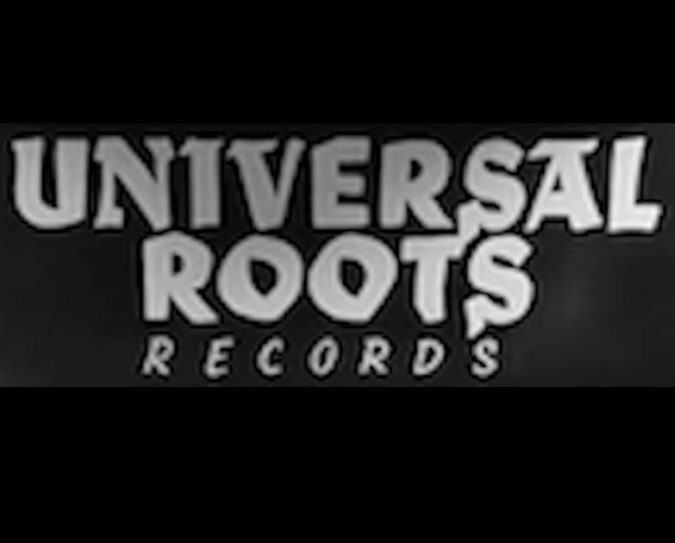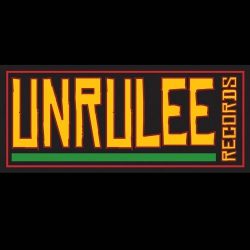Presenter on Air Guide 1
 BAY-VIBES PRESENTERS ON AIR GUIDE SECTION 1 2018.
BAY-VIBES PRESENTERS ON AIR GUIDE SECTION 1 2018.
A Bit of the History of Radio
In the late 1800’s, a handful of people were working on ‘wireless voice transmission’. A Serbian named Nikola Tesla, in 1893, was the first person to achieve success. The first radio broadcast to carry voice and music was accomplished in 1906 by Reginald Fessenden. On Christmas Eve, he broadcast “O Holy Night” and read passages from the Bible, to ships at sea from Massachusetts. In 1910, Charles Herrold began the first regularly scheduled broadcast of information and entertainment. He broadcast from San Jose, California and his signal was picked up 90 miles away. Before governments required radio stations to be licensed, just about all broadcasting was being done by Amateur (ham) operators.
In the beginning, all radio transmissions were amplitude modulated (AM). Amplitude Modulation means that the signal strength (carrier) is varied according to the information being transmitted, while the frequency remaines constant. Because many things, such as fluorescent lights, passing vehicles, household appliance motors, could interfere with receiving the AM, a number of people were looking at other methods of transmitting radio signals. Edwin Armstrong, in 1935, demonstrated a method of reducing disturbances in radio transmissions.
This was accomplished by a technique called Frequency Modulation. With frequency modulation (FM), the amplitude of the carrier remains constant while the frequency is varied according to the information being transmitted ‘ON-AIR’.
U.K. Radio 1922: The birth of British radio comes with the formation of the British Broadcasting Company/BBC in October 1922. This includes General Electric and the Marconi Company, which had developed the first experimental radio station, 2MT, in 1920.
On November 14 the first national radio broadcast is made from radio station 2LO located on the seventh floor of Marconi House on the Strand, London.
At 6pm Arthur Burrows, director of programmes, says: “This is 2LO calling.”
The transmission is made using a 1.5 kW transmitter, made from metal, wood and glass. You can see the transmitter at the Information Age Gallery in London’s Science Museum. To listen to the radio you needed a licence, which cost 10 Shillings, around 15 Pounds in todays money
The audience is small to begin with – just 30,000 licences are given licenses.
1923: The first edition of the Radio Times is printed.
1924: The ‘pips’ are heard for the first time. They are played at the top of every hour and denote the Greenwich Time Signal.
1927: Following the royal charter, the British Broadcasting Company becomes the British Broadcasting Corporation.
1929: The Daventry transmitter, the UK’s first long wave transmitter, opens. The location is selected because it covers the maximum land area. 1932: In September the BBC moves to Broadcasting House in Central London. In December the BBC launches the Empire Service, which is known as the World Service today. To mark the moment, King George V. is the first British monarch to make a radio broadcast.
1939: On September 1st Prime Minister Neville Chamberlain broadcasts to the nation that Britain is at war with Germany. This is followed by a broadcast from King George VI on September 3rd, the first evening of the war. Until this point there had been two radio services: the BBC National Programme and BBC Regional Programme, which included broadcasts from the regions. At the start of WW2 they merged to prevent enemy aircraft using the transmitter for navigation.
1945: The Light Programme launches for light entertainment programming, followed by the BBC Third Programme in 1946.
1950: The number of radio licences issued peaks at 11.8 million.
1955: The BBC begins broadcasting in FM (frequency modulation) for the first time. It is superior to AM (amplitude modulation), which is susceptible to interference in bad weather.
1954: The Regency TR-1, the world’s first transistor radio, is unveiled. The first truly portable radio is a huge success, changing the way people listen to radio. Other manufacturers included the Tokyo Telecommunications Engineering Corporation (later SONY) started making them as well. 1958: Sound effects unit the BBC Radiophonic Workshop is formed, residing at rooms 13 and 14 of Maida Vale studios. Run by Desmond Briscoe, it pioneers the use of electronic music, creating theme tunes such as that of Doctor Who in 1963.
1964: ‘Pirate radio’ stations Radio Caroline and Radio Atlanta begin broadcasting from ships in the North Sea. The pirate radio audience is between 10 and 15 million in 1965. 1967: The BBC restructures its offering, launching Radio 1, 2, 3 and 4. In August the Marine Broadcasting Offences Act makes pirate radio stations illegal.
1971: Radio-only licences are abolished as the television audience grows.
1973: Commercial radio stations begin broadcasting for the first time, starting with LBC, then Capital Radio.
1978: An international agreement on radio frequencies means many BBC radio wavelengths are changed to improve reception.
1980s: The availability of cheap 50W transmitters means it is a lot easier for people to create their own radio stations, so there is a huge increase in pirate radio stations. At one point these outnumber legal stations. 1988: The first Radio Data System (RDS) car radio is installed in the UK.
1990: Radio 5 launches – the first new network in 23 years.
1995: The BBC begins the UK’s first digital radio transmissions with Radio 1-5, Parliament and Sports Plus.
1996: It is the birth of internet radio in the UK, as Virgin Radio becomes Europe’s first radio station to broadcast online.
1999: Digital One, the UK’s first national commercial digital radio multiplex launches with five channels including Planet Rock, Talk Radio, Classic FM, Virgin Radio and Core. The first DAB tuner goes on sale in the UK.2002: The BBC launches a series of digital-only channels including BBC 1Xtra, 4 Xtra and 6 Music.
2009: The Digital Britain report recommends the switch from FM to digital should take place in 2015.
2013: The government delays the FM switch-off, because not enough people own DAB radio sets.
2015: Figures from Ofcom show more Brits are using digital platforms (TV, Internet, DAB) to listen to the radio. 39.6% of total radio hours listened to, are through digital platforms. Analogue is 54.3%, but declining.
2016: OFCOM’s Communcations Report found digital radio use is increasing – accounting for 45.5% of total listening hours in Q3, 2016. Digital refers to DAB, internet radio and radio delivered by TV.
AS FOR THE FUTURE ? Internet Radio is growing every day with more people using mobile devices to listen to online music. In the United States/U.S. people from age 12 and over, which means over 57 million people (22% of the U.S. population) now listen to internet radio.
Internet radio had a leap of almost 30% from last year’s percentage, it is now 17% of radio listeners of the U.S. population, this is the double of what it was 5 years ago. This rise is largely attributable to the growth in the average American’s use of mobile technology, smartphone ownership has tripled in two years.
Does the future of terrestrial radio disappear? Well, could be, as cars come with connection to listen music online, and if you add the people already using their mobile devices, connected to their car-audio to listen to internet radio. Well, it could be very close.

